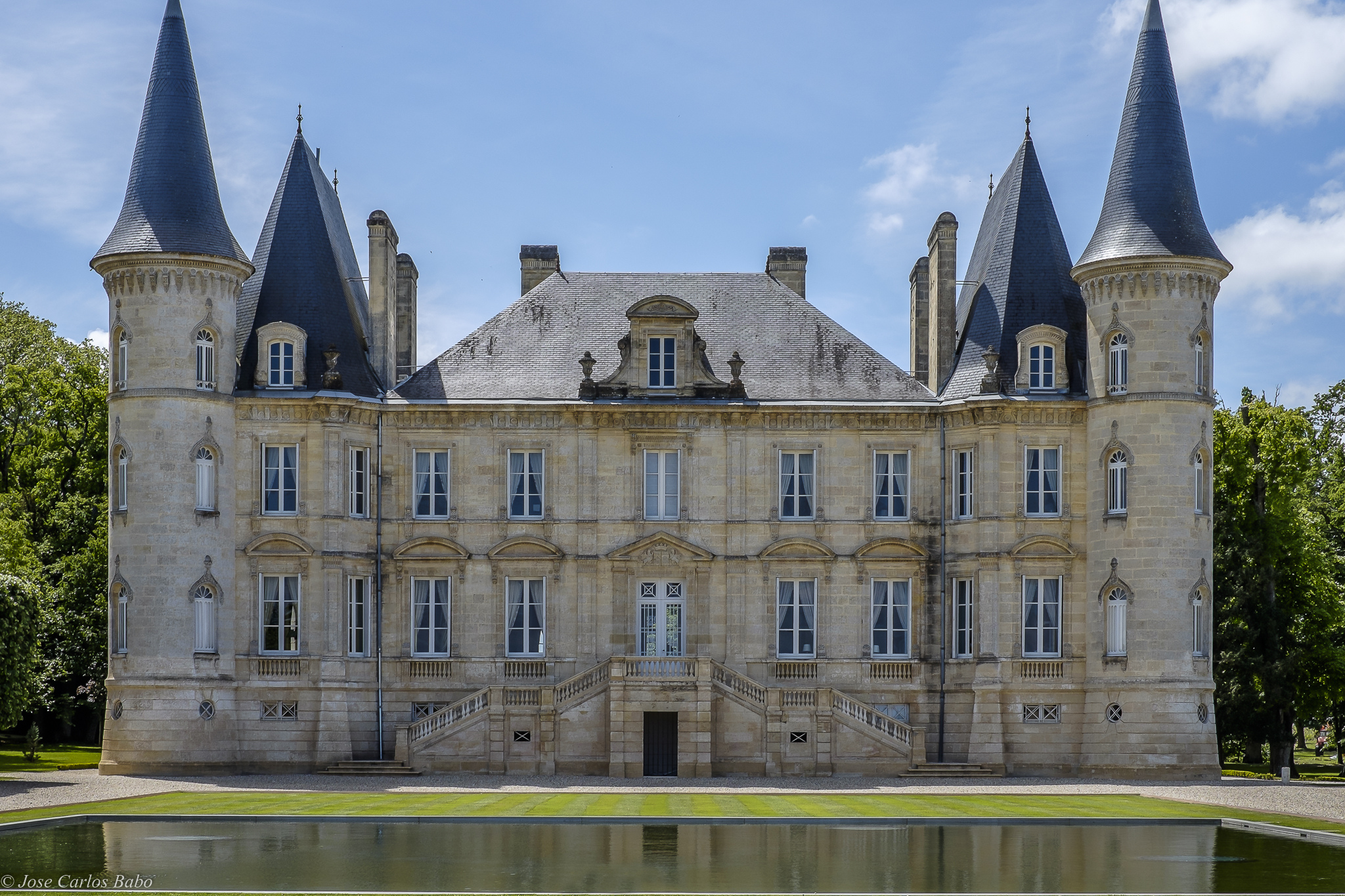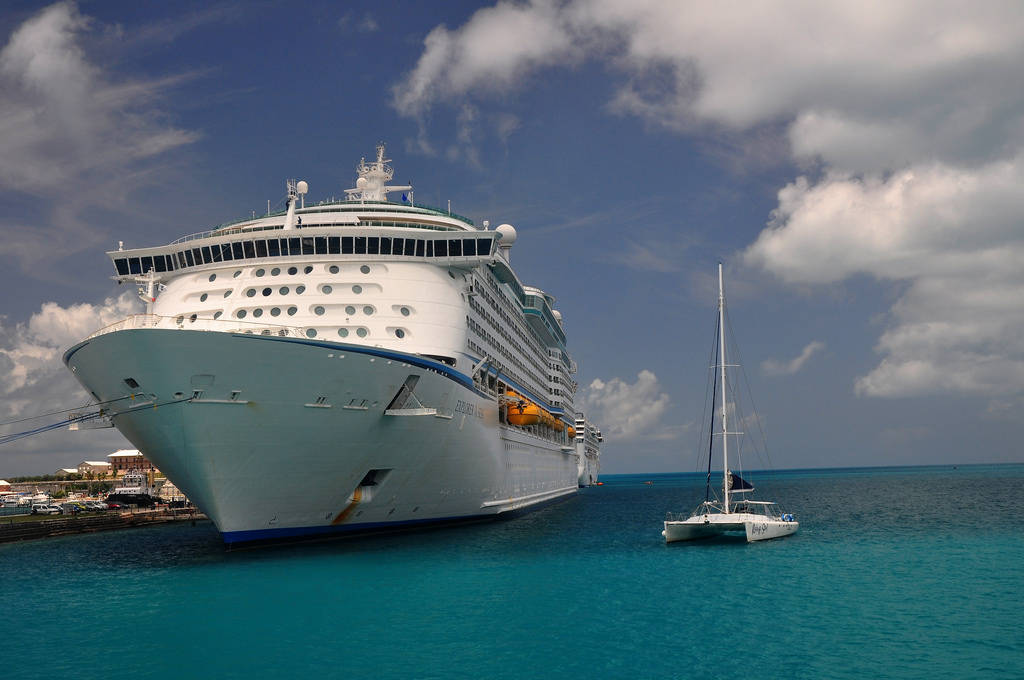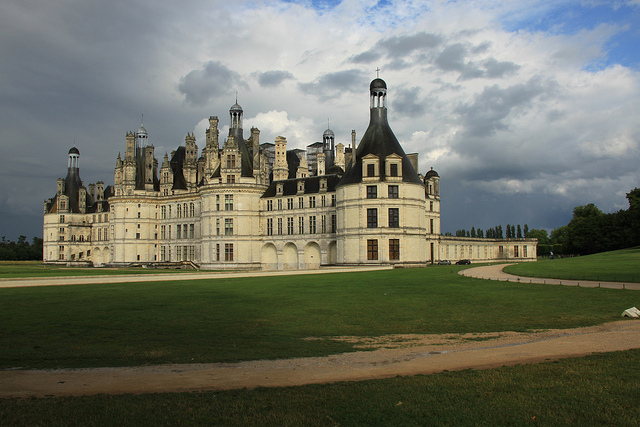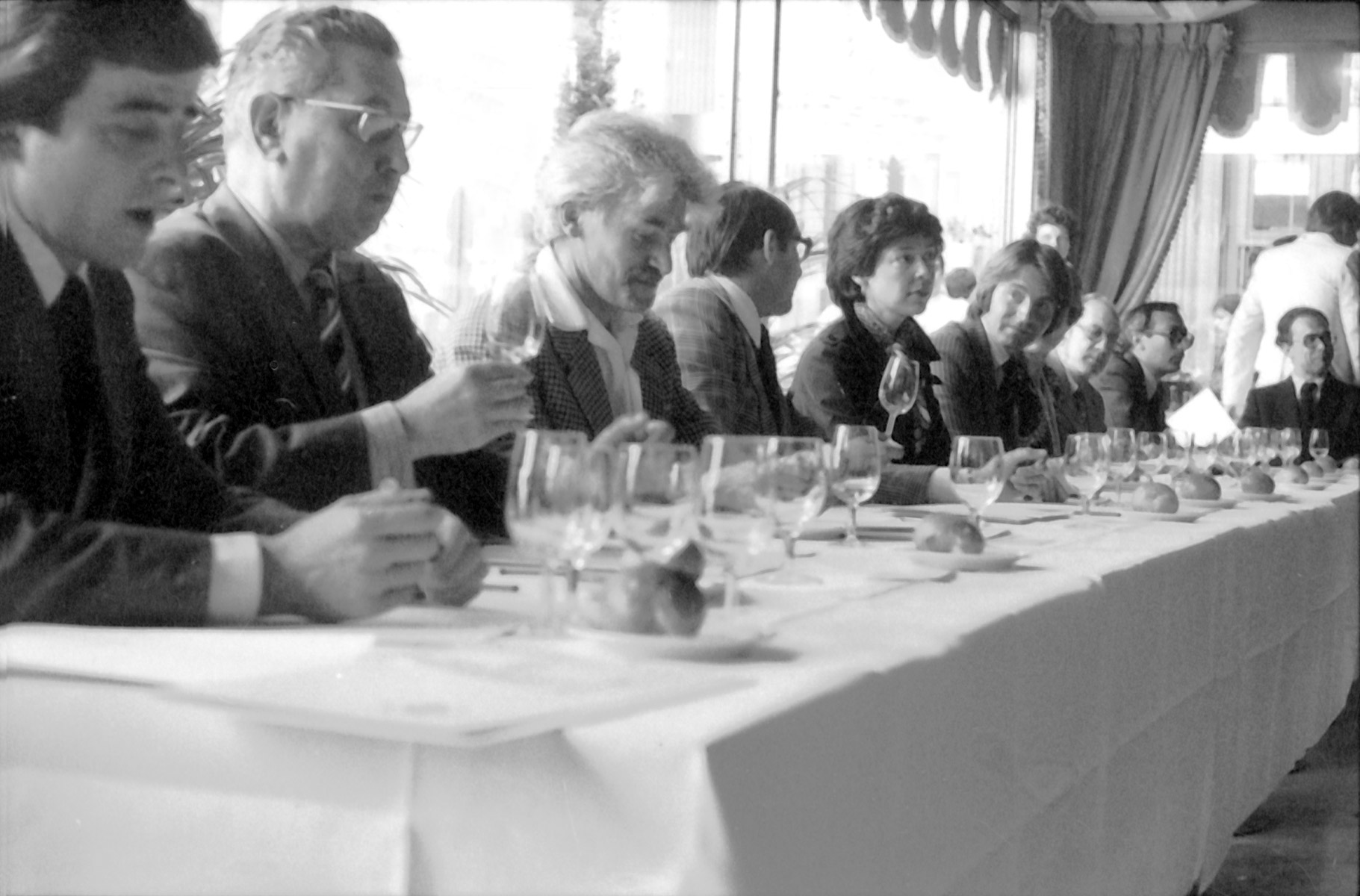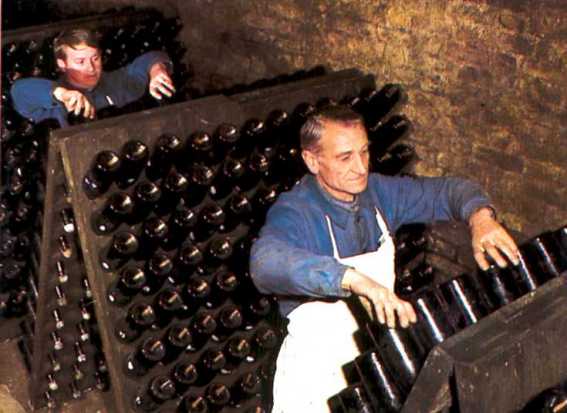Bordeaux is one of the largest, most elite, and most recognized wine regions in the world. It’s also one of the most intimidating, with a long, dramatic history centered around magnificent estates like Lafite Rothschild, Angelus, and Haut-Brion and a complicated, ever-evolving classification system. You’re probably familiar with the wallet-busting First Growths, but few of us can afford to enjoy them on a regular basis.
Once you venture beyond the classified growths you’re left to dig through twenty million cases of mostly generic Bordeaux AOC wine from the roughly 10,000 estates that flood the market each year. No other area in the world produces such a massive amount of wine with as vast a quality gap.
Bordeaux has 291,000 acres of vineyards. That's bigger than the size of Germany. Click To TweetHow to find a balance of quality and value Bordeaux
If you know next to nothing of the area, start with the basic geography. On the broadest level Bordeaux can be split between the Left Bank and Right Bank. Neither one has anything to do with financial institutions, but a lot to do with winemaking style, soil, culture, price, and prestige.

On a basic level, regions in Bordeaux can be understood by their relation to the Gironde river. Photo by Dhinal Chheda
The left and right bank refers to either side of the Gironde river and its two subsidiaries, the Dordogne and Garonne. Land above the rivers is known as the Right Bank while anything below falls into the Left Bank. Between the two areas you’ll find the Entre Deux-Mers (between two seas), a sort of middle ground that produces good value wines.
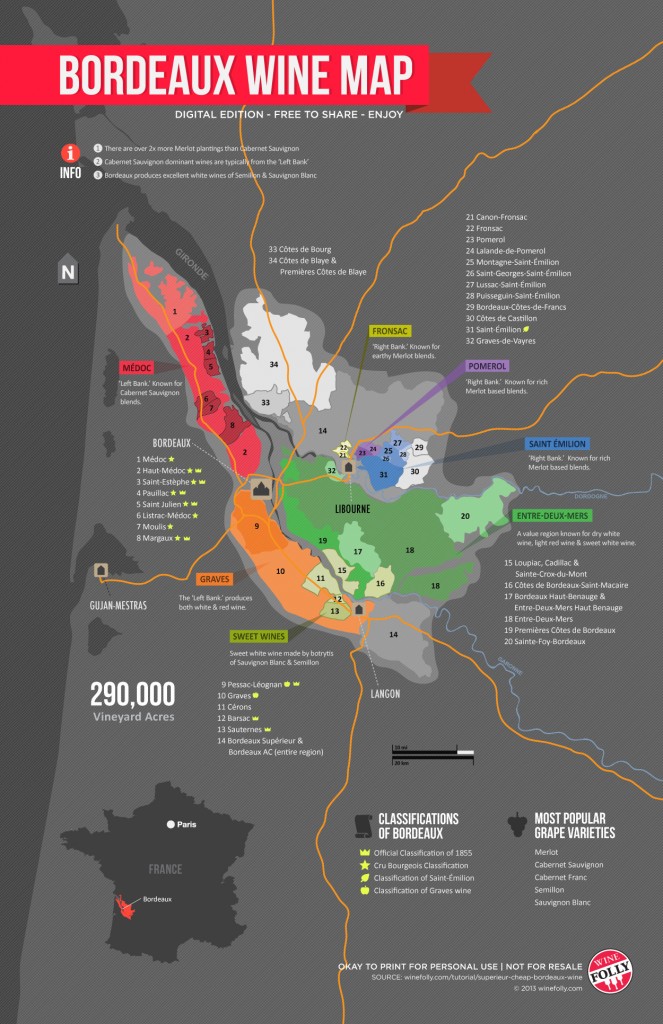
Via Wine Folly
Left Bank
The Left Bank is like the old guard of the region, where the most exclusive Chateaux are found. Their Cabernet-dominant wines tend to be tannic, masculine, and capable of aging for many decades. They also fetch top dollar prices.
- Most known for: The highly esteemed classified growths, including all of the First Growths from the 1855 Classification. This includes names like Mouton Rothschild, Haut-Brion, Lafite.
- Cabernet Sauvignon is the dominant grape. It’s blended with smaller amounts of Cab Franc, Merlot, Petit Verdot and Malbec.
- Terroir: Mostly flat, with a gravely topsoil and limestone underneath. The soil composition can vary greatly from one plot to the next
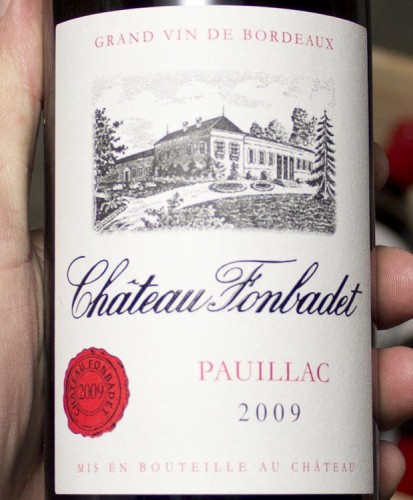
Chateau Fonbadet Pauillac 2009. Black currants, juniper, blueberry extract, stones and sweet crushed herbs, with a dash of the pencil lead and cigar box spice…the texture is full and round, with a touch of masculine grip, and a long spicy finish.
Left Bank AOCs to know
Medoc – This region is divided into the Medoc and the Haut-Medoc. Home to many high priced offerings from premier Chateaux but also plenty of lighter style, value-driven reds designed for immediate enjoyment.
Graves – Lower quality overall, with the exception of Haut-Brion, the only First Growth found outside Medoc.
St. Estephe – Big, tannic wines.
Pauillac – Considered by many as the most famous region.
St. Julien – The smallest commune is known for its high standards and consistently great wines.
Sauternes – The unique location brings higher humidity to the vines, and helps produce the world’s most elegant white dessert wines.
Right Bank
The Right Bank lived in the shadows of its neighbors across the river until a man named Robert Parker came along. He heaped all sorts of praise and high scores on the modern “garagiste” approach many producers used to make their Merlot blends. Rich in fruit, with less tannin and acid, these wines usually seem more enjoyable at a young age.
- Most known for: More of a “garagiste” feel, with small, modest family producers instead of premier chateaux. Became more popular after Parker started giving out big scores
- Merlot is the most planted grape, with a lot of Cabernet Franc and some Petit Verdot, Malbec and Cabernet Sauvignon. The result is softer style, richer New World flavors, and not as much tannin.
- Terroir: Limestone surface with less gravel and more clay which Merlot prefers. Mostly flat with smaller plots of land, and more of a farmer feel.

Les Jardins de Soutard St Emilion Grand Cru 2012. Spicy, perfumey red fruits explode out at you — cranberry juice, pomegranate, fresh plums and red currant jam.
Right Bank AOCs to know
Pomerol – The 900 producers here turn out some of the most expensive Bordeaux wine. Interestingly Pomerol is the only AOC without a strict hierarchy of classifications. Merlot thrives on the plateaus as evidenced by the area’s most championed producer, Petrus. Their 100% Merlot is the gold standard for the varietal.
St. Emilion – The high elevation plateaus made of sand, clay and limestone soil make an ideal breeding ground for Merlot, producing opulent, fruit-driven wines. Its sub-appellations like Lussac-Saint-Emilion, Montagne-Saint-Emilion, and St-Georges-Saint-Emilion deliver more value. All St. Emilion producers can use the “Grand Cru Classe” designation on their wines, but recent changes in 2012 allowed for three higher classifications as well. At the very top you have four Chateaux (Angelus, Pavie, Cheval Blanc and Ausone) that earned Premier Grand Cru Classe Classification A. They are f ollowed by several others who have earned the next highest, Premier Grand Cru Classe Classification B.
Margaux – Located in the Haut-Medoc, this AOC is home to one of the four original Premier Crus, appropriately named Chateau Margaux.
2010, like 2009 and 2005 may be the three greatest Bordeaux vintages I have tasted in my career – Robert Parker
The classification system
Like everywhere else in France, Bordeaux wine is subject to a strict classification system that governs price, prestige, and quality. We could write a small book on the details here, but here’s the basics:
- 1855 Wine Official Classification covers red wines of Medoc and Sauternes and ranks them from 1st to 5th growth according to price.
- 1955 Official Classification of St.-Émilion is updated every ten years. Sometimes new producers are added, or removed.
- 1959 Official Classification of Graves sought to bring more order to this often overlooked region.
- The Cru Bourgeois Classification came about in 2003 but was discontinued in 2009.
- Syndicat des AOC is a governing body that classifies 55% of Bordeaux wine as either Bordeaux AOC or Bordeaux Supérieur AOC.
Understanding the basic style differences between the left and right bank in Bordeaux helps, but you need to be brave if you plan on tasting through the minefield of unclassified growth Bordeaux. The tiny nuances of soil types, growing methods and winemaking techniques behind each vintage means you’ll come across a huge range of quality, from thin, watery, and fruitless wines to overblown Cabernet exploding with cheap oak chip flavor to mask their lack of fruit. But you’ll forget all about the duds once you stumble upon that one wine with its lush fruit, intoxicating aromatics, and silky smooth structure.

